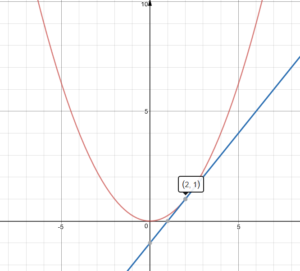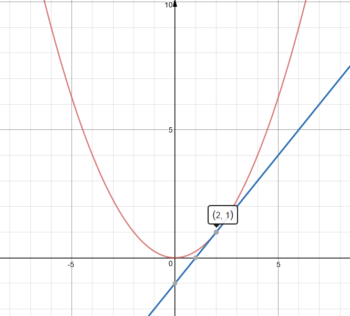
Reference anglesĪ reference angle is an acute angle (<90°) that can be used to represent an angle of any measure. Knowing the values of cosine, sine, and tangent for angles in the first quadrant allows us to determine their values for corresponding angles in the rest of the quadrants in the coordinate plane through the use of reference angles. Refer to the cosine and sine pages for their values. The cosine and sine values of these angles are worth memorizing in the context of trigonometry, since they are very commonly used, and can be used to determine values for tangent. The other commonly used angles are 30° ( ), 45° ( ), 60° ( ) and their respective multiples. As a result, tangent is undefined whenever cos(θ)=0, which occurs at odd multiples of 90° ( ), and is 0 whenever sin(θ)=0, which occurs when θ is an integer multiple of 180° (π). On the other hand, sine has a value of 1 at 90° and 0 at 0°. Cosine has a value of 0 at 90° and a value of 1 at 0°. Angle in degreesįrom these values, tangent can be determined as. Below is a table of tangent values for commonly used angles in both radians and degrees. While we can find tan(θ) for any angle, there are some angles that are more frequently used in trigonometry. The following is a calculator to find out either the tangent value of an angle or the angle from the tangent value. In most practical cases, it is not necessary to compute a tangent value by hand, and a table, calculator, or some other reference will be provided. There are many methods that can be used to determine the value for tangent such as referencing a table of tangents, using a calculator, and approximating using the Taylor Series of tangent. The range of the tangent function is -∞
Unlike the definitions of trigonometric functions based on right triangles, this definition works for any angle, not just acute angles of right triangles, as long as it is within the domain of tan(θ), which is undefined at odd multiples of 90° ( ). On the unit circle, tan(θ) is the length of the line segment formed by the intersection of the line x=1 and the ray formed by the terminal side of the angle as shown in blue in the figure above. On the unit circle, θ is the angle formed between the initial side of an angle along the x-axis and the terminal side of the angle formed by rotating the ray either clockwise or counterclockwise. Using the unit circle definitions allows us to extend the domain of trigonometric functions to all real numbers. The right triangle definition of trigonometric functions allows for angles between 0° and 90° (0 and in radians). A unit circle is a circle of radius 1 centered at the origin. Trigonometric functions can also be defined with a unit circle. If Jack does not move, the tree will land on him if it falls in his direction, since 19.56 > 17. Since we know the adjacent side and the angle, we can use to solve for the height of the tree. Given that the angle from Jack's feet to the top of the tree is 49°, what is the height of the tree, h? If the tree falls towards Jack, will it land on him? Jack is standing 17 meters from the base of a tree. Tangent is related to sine and cosine as: The other two most commonly used trigonometric functions are cosine and sine, and they are defined as follows: Hypotenuse: the longest side of the triangle opposite the right angle.Adjacent: the side next to θ that is not the hypotenuse.The sides of the right triangle are referenced as follows: Right triangle definitionįor a right triangle with one acute angle, θ, the tangent value of this angle is defined to be the ratio of the opposite side length to the adjacent side length.

The right-angled triangle definition of trigonometric functions is most often how they are introduced, followed by their definitions in terms of the unit circle. There are two main ways in which trigonometric functions are typically discussed: in terms of right triangles and in terms of the unit circle. Tangent, written as tan(θ), is one of the six fundamental trigonometric functions.

Home / trigonometry / trigonometric functions / tangent Tangent


 0 kommentar(er)
0 kommentar(er)
